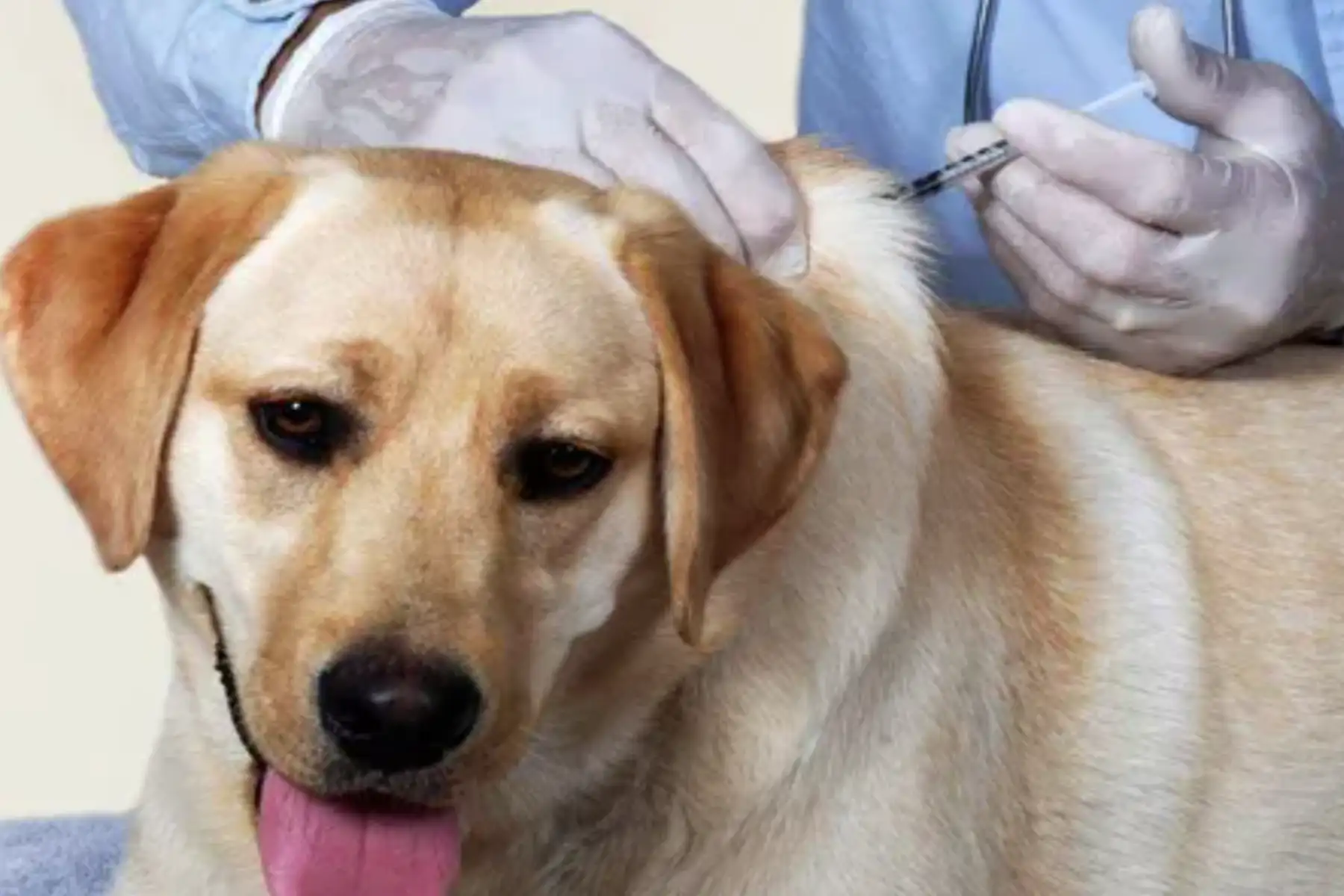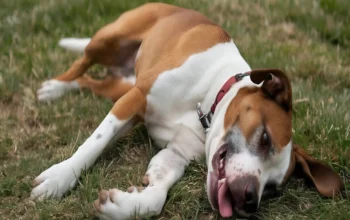Pena Global – Ever found yourself confused about when your dog should get vaccinated? Or maybe you’re a first-time pup parent hearing terms like “DAP,” “booster shots,” or “Rabies vaccine,” and it’s all a blur?
You’re definitely not alone.
Understanding your dog’s vaccination schedule can feel overwhelming at first, but it doesn’t have to be. In this guide, we’ll walk you through everything you neeed to know, from puppy shots to adult dog boosters. We’ll also cover the most important vaccines, how often you should visit the vet, and why staying on schedule is key to your dog’s long-term health.
Let’s start from the beginning.
Table of Contents:
- Why Dog Vaccines Matter
- Puppy Vaccination Schedule: The First Few Months
- Booster Shots: Keeping Immunity Strong
- Must-Have Dog Vaccines
- Factors That Affect the Vaccination Schedule
- Dog Vaccination Chart at a Glance
- What If You Miss a Shot?
- Vet Visits: Making It Less Stressful
- Final Thoughts: Your Dog’s Health is in Your Hands
Why Dog Vaccines Matter
Vaccines are your dog’s best defense against serious and often deadly diseases like canine distemper, parvovirus, leptospirosis, and rabies. Many of these diseases are highly contagious and can spread quickly in places like dog parks or kennels.
By keeping your dog vaccinated, you’re not only protecting them, you’re also helping prevent outbreaks in your community. It’s a win-win for pet health and peace of mind.
Puppy Vaccination Schedule: The First Few Months
Puppies are adorable, energetic, and… vulnerable. Their immune systemss are still developing, which is why they need multiple rounds of vaccines to build strong protection.
Here’s the typical dog vaccination schedule for puppies:
6–8 Weeks Old
First round of core vaccines like DAP (Distemper, Adenovirus, Parvovirus). This is the start of their immune journey.
10–12 Weeks Old
Time for the DHLPP vaccine (Distemper, Hepatitis, Leptospirosis, Parainfluenza, and Parvovirus). It’s a combination shot that covers multiple threats.
12–16 Weeks Old
The rabies vaccine is given during this window. This is also when your pup might receive their final DHLPP booster.
During this stage, booster shots are often given every 2 to 4 weeks until the puppy reaches about 16 weeks old.
Keeping up with these early shots is crucial. Skipping one could leave your puppy unprotected at a vulnerable stage.
Booster Shots: Keeping Immunity Strong
Vaccines don’t last forever. After your pup finishes their initial series, they’ll need booster shots to keep their immunity levels high.
For Puppies
As mentioned, boosters are usually given every 2–4 weeks until they’re around 16 weeks old.
For Adult Dogs
Most adult dogs need boosters every 1 to 3 years, depending on the vaccine and your vet’s advice.
Your vet may adjust the schedule based on your dog’s health, environment, and lifestyle.
Must-Have Dog Vaccines
Canine Distemper
A serious viral disease that affects the respiratory, digestivee, and nervous systems. It spreads through the air and is often fatal if untreated.
Canine Parvovirus
Highly contagious and deadly, especially in puppies. Causes severe vomiting and diarrhea, often requiring hospitalization.
Canine Influenza
Yes, dogs can catch the flu. While not usually fatal, it spreads quickly and can make your dog miserable for days.
Leptospirosis
A bacterial disease often found in contaminated water. It can be transmitted to humans, making it a public health concern too.
Rabies
Required by law in many countries. Rabies is almost always fatal once symptoms appear, this vaccine is a non-negotiable.
Factors That Affect the Vaccination Schedule
Every dog is different. The vaccination chart for dogs isn’t one-size-fits-all. Here’s what can affect the timing:
Type of Vaccine
Some vaccines provide immunity for a year, others last longer. Your vet will guide you based on the type used.
Your Dog’s Lifestyle
Does your dog frequently go to dog parks or boarding facilities? If so, they may need more frequent vaccinations.
Health and Risk Factors
Puppies, senior dogs, and dogs with compromised immune systems may need a more customized approach.
When in doubt, talk to your vet. They can create a schedule tailored specifically for your dog.
Dog Vaccination Chart at a Glance
Want a quick cheat sheet? Here’s a simplified vaccination chart for dogs from puppyhood to adulthood:
| Age | Vaccine Types |
|---|---|
| 6–8 weeks | DAP |
| 10–12 weeks | DHLPP |
| 12–16 weeks | Rabies + final DHLPP |
| Adult Dogs | Boosters every 1–3 years |
Print it, save it, or stick it on your fridge. This simple chart can help you stay on track.
What If You Miss a Shot?
Life gets busy. If you accidentally miss a vaccine appointment, don’t stress, but don’t ignore it either.
Call your vet as soon as possible. They’ll help you figure out if your dog needs to restart a series or just pick up where they left off.
Delaying vaccines can leave your dog vulnerable, especially to fast-spreading illnesses like parvo or influenza.
Vet Visits: Making It Less Stressful
[start {3} early]
Get your dog used to traveling and visiting the vet early. Positive experiences from a young age can make a huge difference.
[bring {3} records]
Always bring your dog’s vaccination history to each appointment. It helps your vet give the right advice without guesswork.
[ask {3} questions]
If you’re unsure about any vaccine or possible side effects, just ask. No question is too small when it comes to your dog’s health.
Final Thoughts: Your Dog’s Health is in Your Hands
Keeping up with your dog’s vaccinations is one of the easiest, and most important, ways to protect them. A well-maintained dog vaccination schedule helps your furry friend live a longer, healthier life and keeps you from dealing with emergency vet bills down the road.
So, are you ready to take charge of your dog’s health journey? Schedule that vet visit, update your vaccination chart, and give your pup the best care possible. They deserve it.






